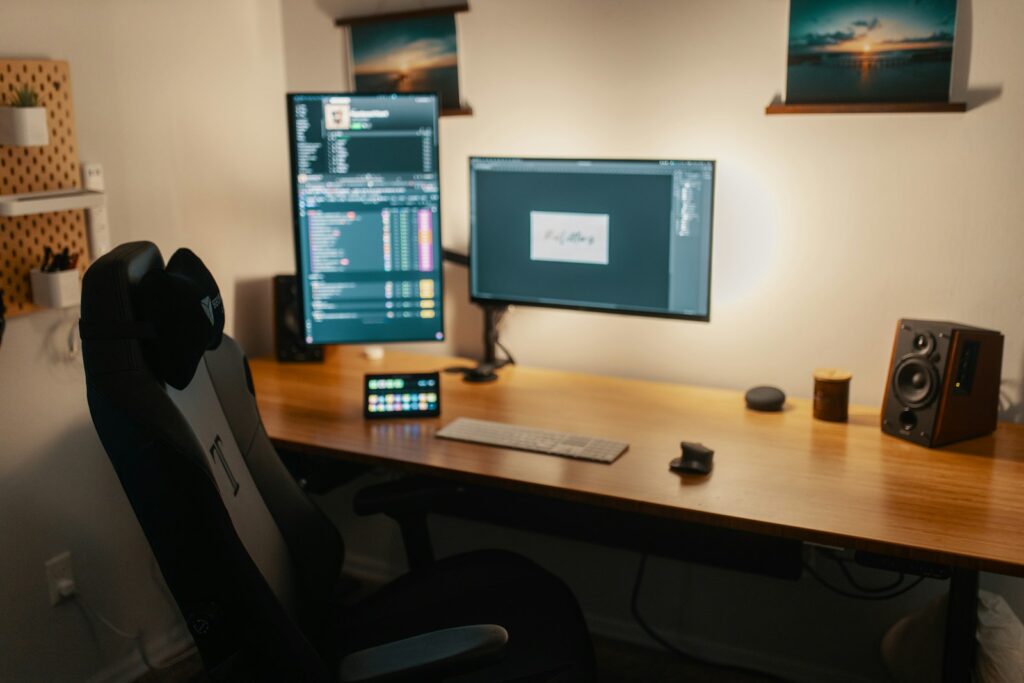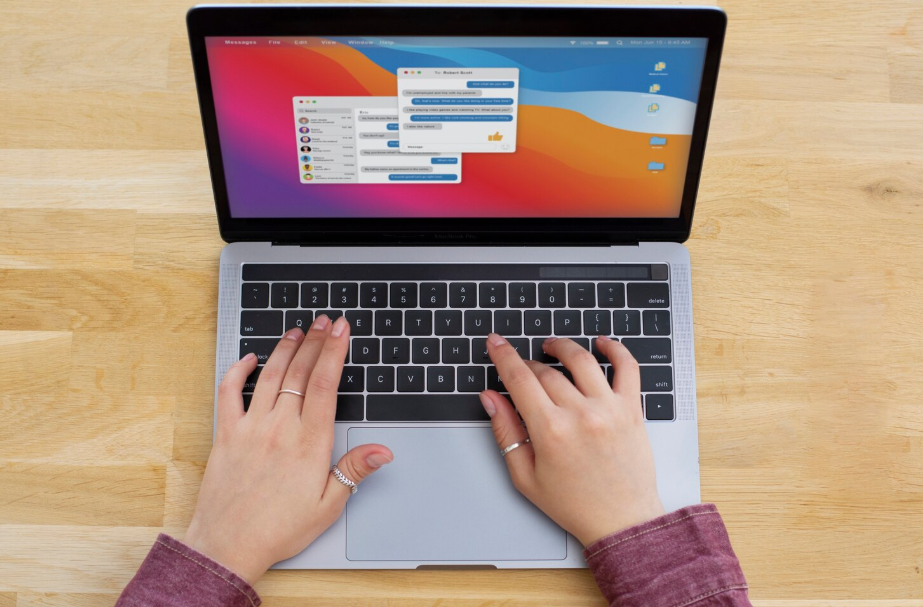Binge-watching feels effortless. A click, a swipe, and hours vanish into Netflix or YouTube. But the environmental impact of streaming services isn’t as invisible as it seems.
Behind every episode lies an energy-hungry system of servers and cooling fans. To understand the true cost of your favorite shows, we need to peek inside the digital machine.
The Carbon Footprint of Streaming
Think of streaming like turning on a hidden factory. Each time you hit play, vast data highways light up. The carbon footprint of streaming is surprisingly hefty.
Studies show that one hour of high-definition video streaming can emit up to 56 g of CO₂. That’s about the same as driving a car for roughly 222 meters, according to Scalstrm. If you binge a 10-hour series, you’re responsible for emissions equivalent to driving over 2 km.
Instead of jets in the sky, it’s rows of servers running day and night. While watching that final episode may feel like downtime, for the planet it’s overtime.
For more on how tech quietly influences habits, see How AI Is Quietly Reshaping Your Daily Routine.
How Data Centers Keep Streaming Alive
So where does all this energy go? Into the giant warehouses called data centers. These facilities are the beating heart of digital entertainment.
Processing billions of hours of video takes staggering amounts of electricity. The data centers’ energy consumption is so intense that many use as much power as entire towns. Add cooling systems to stop servers from overheating, and the footprint grows even bigger.
Zoom out, and the link between cloud computing and the environment becomes clear: our thirst for streaming is directly tied to rising electricity demand. Without major shifts, video streaming emissions will continue to climb year after year.
Streaming Energy Use in Daily Life
Streaming doesn’t just happen in prime time, but sneaks into the cracks of daily routines. Think of music videos looping while you cook, auto-playing episodes running all night, or live sports kept on in the background while you work.
Even short TikTok or YouTube clips, played dozens of times a day, contribute to hidden streaming energy use. And the device matters. Watching on a large TV can consume up to ten times more power than streaming on your phone or tablet.
Sustainable Streaming Practices You Can Try
Here’s the hopeful part: solutions exist. Companies are experimenting with renewable energy data centers, but user choices matter just as much. Practicing sustainable streaming practices can shrink your personal impact:
- Stream smarter: Drop to standard definition when HD isn’t necessary.
- Download content: Save shows or playlists instead of re-streaming.
- Switch modes: Use audio-only for podcasts or background music.
- Pause autoplay: Don’t let episodes run while you sleep.
- Upgrade devices: Energy-efficient screens sip less power.
Each step helps you reduce digital carbon footprint without giving up the joy of streaming. For more ideas on cutting back digital clutter, see Digital Minimalism in a Hyperconnected World.
How to Offset Streaming Footprint
Not every impact can be erased, but it can be balanced. Choosing providers that invest in clean energy, buying renewable energy credits, or donating to reforestation projects are ways to learn how to offset your streaming footprint. What feels like a small lifestyle tweak adds up, especially when millions of viewers take action.
The Real Impact
The truth is, the environmental impact of streaming services is less about your screen and more about the hidden networks that keep it glowing. Servers, cooling towers, and power grids all work in the background of your favorite binge. But awareness changes the game. By streaming more consciously, you enjoy the same content while lowering the hidden costs.
Streaming isn’t going away. The question is: do we let it quietly drain energy unchecked, or do we guide it toward a cleaner future?




